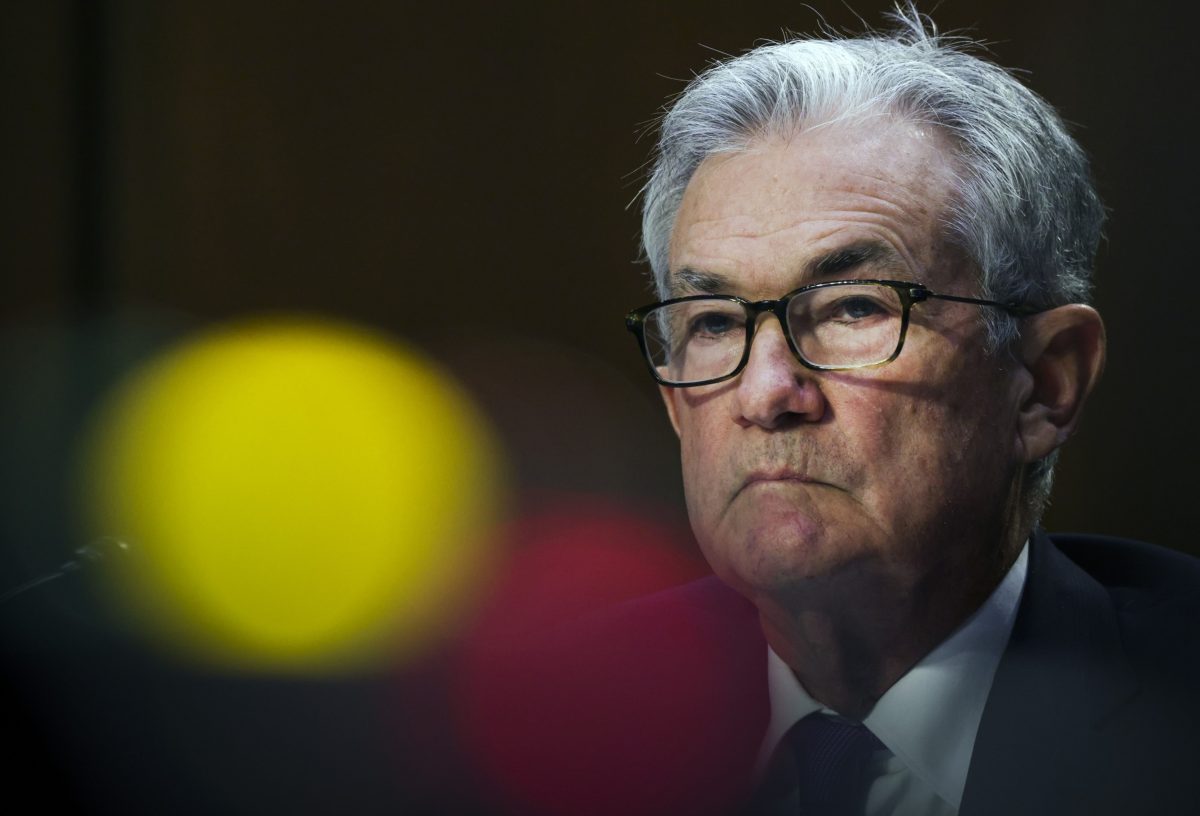Federal Reserve officials judged at their latest meeting that their patient approach to interest-rate change would be appropriate “for some time,” and many sided with Chairman Jerome Powell's view that the recent dip in inflation was probably temporary.
“Members observed that a patient approach to determining future adjustments to the target range for the federal funds rate would likely remain appropriate for some time,” according to minutes of the Federal Open Market Committee's (FOMC's) April 30–May 1 meeting, released Wednesday in Washington.
U.S. stocks remained lower and Treasuries held gains, as the minutes reinforced the message from Powell's post-meeting press conference, at which he said the level of interest rates was appropriate for now and there wasn't a strong case to move in either direction. The record also showed officials becoming more optimistic about the U.S. 2019 economic outlook before President Donald Trump's decision to raise tariffs on Chinese imports. They also had a debate about the future composition of the bond portfolio.
Complete your profile to continue reading and get FREE access to Treasury & Risk, part of your ALM digital membership.
Your access to unlimited Treasury & Risk content isn’t changing.
Once you are an ALM digital member, you’ll receive:
- Thought leadership on regulatory changes, economic trends, corporate success stories, and tactical solutions for treasurers, CFOs, risk managers, controllers, and other finance professionals
- Informative weekly newsletter featuring news, analysis, real-world case studies, and other critical content
- Educational webcasts, white papers, and ebooks from industry thought leaders
- Critical coverage of the employee benefits and financial advisory markets on our other ALM sites, PropertyCasualty360 and ThinkAdvisor
Already have an account? Sign In Now
*May exclude premium content© 2025 ALM Global, LLC, All Rights Reserved. Request academic re-use from www.copyright.com. All other uses, submit a request to [email protected]. For more information visit Asset & Logo Licensing.





